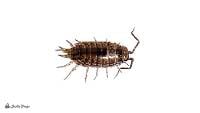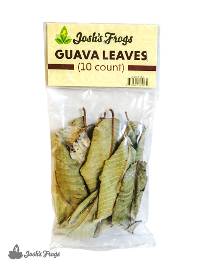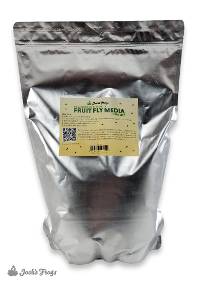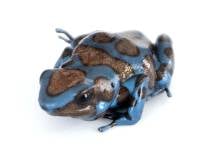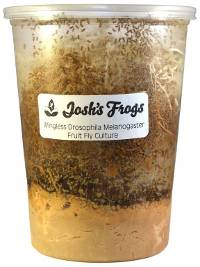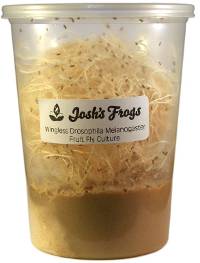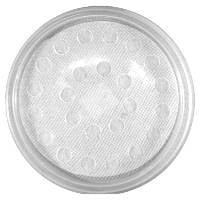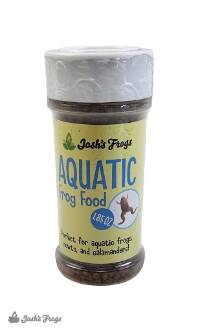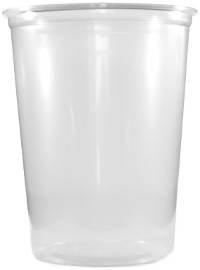Josh's Frogs
African Dwarf Frog (Hymenochirus boettgeri) CBP
African Dwarf Frog (Hymenochirus boettgeri) CBP
$9.99 0.0 out of 5 stars
(0)
0.0 out of 5 stars
(0)About This Product
Please note it is illegal for us to ship African Dwarf Frogs into Virginia.
Orders placed for African Dwarf Frogs from this state will be canceled and refunded.
This listing is for 1 frog.
Defining Characteristics:
- Personable, whimsical
- Aquatic
- Easy to Keep
- Stays small
- Peaceful
Name: African Dwarf Frogs are small, fully aquatic frogs from the genus Hymenochirus. Sometimes known as the dwarf clawed frog, they are in the same family (Pipidae) as the larger clawed frogs (Xenopus sp.) This group is known as clawed frogs due to the small nails on the back feet, although this is not as prominent on this species.
Recommended Enclosure Size & Setup: Due to the small size of the African Dwarf Frog, one or two frogs can be kept in a 5 gallon aquarium. We recommend at least a 10 gallon for larger groups (3 or more frogs). This will help keep temperatures and water quality more stable, as well as offer more room to roam.
A sponge filter is the best bet for filtration as this is gentle and will not stress out these rather slow moving frogs. Be sure to use a tight fitting aquarium lid to keep these guys contained and leave a few inches between the surface of the water and the lid for them to gulp air. Choose between a sandy substrate, gravel large enough that they can't swallow, or no substrate to avoid impaction from small gravel. Leaf litter, driftwood, and/or floating plants will be necessary to make these guys feel secure.
Temperature (°F): African Dwarf Frogs prefer more tropical temperatures, ideally in the mid-70’s. Although they can tolerate as low as 72 degrees fahrenheit, they should be kept between 72-78 degrees.
pH/Hardness: The ideal aquarium for African Dwarf Frogs will be a more acidic to moderate pH. Usually between 6.5.-7.5 is best.
Addition of leaf litter can help naturally lower pH and make the frogs feel more at home.
Size: These animals only attain about 2 inches in size at most as adults.
Smaller animals can be safely mixed with larger animals as their mouths are small and the size discrepancy amongst animals on the market is minor.
At time of sale, your African Dwarf Frog will be at least 0.75 inches in size.
Age: Lifespan for these animals in captivity is 2-5 years on average. However, they can likely live much longer if provided optimal care.
At time of sale, your African Dwarf Frog will be at least 3 months old.
Feeding: African Dwarf Frogs are somewhat finicky eaters, unlike their cousins the clawed frogs. At time of sale, they will be eating primarily frozen bloodworms.
Though some may acclimate to eating sinking pellets eventually, most of these frogs will prefer frozen fare or live foods for the duration of their lives. They should be fed a small amount daily. A small dish may be provided to drop the food onto to help them find their food, as these frogs do not have the best vision and hunt primarily by smell. Live white worms or live blackworms make a great treat.
Any uneaten food should be removed after an hour.
Sexing: At a glance, it can be hard to tell males from females in African Dwarf Frogs. Generally speaking, mature females will be larger than males (as much as 0.5 inches bigger). Males will look slimmer in comparison and are also said to have noticeable glands underneath the armpits.
At time of sale, African Dwarf Frogs will not be obviously sexable and sex cannot be guaranteed.
Animals sold are unsexed.
Color/Pattern: African Dwarf Frogs are a grayish brown colored frog with small black dots all over the dorsal side of their body. This is their normal coloration- however there are albino, leucistic (“Blonde”) and even a gold color variant bred in captivity.
Social Behavior: African Dwarf Frogs are fairly social and prefer to be housed with others of their own kind. Sex ratios do not matter, as any number of males and females will get along with almost no notable aggression. We recommend keeping in groups of at least 3.
However, they are rather timid and not the best at outcompeting other animals for food, so it is not recommended to keep them with bold species of fish or invertebrates.
They can be successfully kept with most snails and Neocaridina shrimp.
Breeding: Well-conditioned African Dwarf Frogs will breed periodically when kept in male/female groups in captivity with little prompting. However, they usually require an environmental trigger, such as increasing temperatures.
Males will amplex the females and the eggs float. One female can lay several hundred eggs.
Tadpoles are quite small and somewhat difficult to raise and must be raised separate from the parents.
Natural Range: African Dwarf Frogs are found throughout the Congo River Basin in equatorial Africa. They are usually found in shallow rivers, creeks, and ponds in forested areas.
History in the Hobby: African Dwarf Frogs have been popular amongst aquarists since their introduction to the hobby around the 1970s. Nowadays, they are commonly found in pet stores all over the world and bred commercially for the hobby.
Links of Interest:
- African dwarf frog - Wikipedia
- African Dwarf Frogs – how to care for the Hymenochiris genus
- African Dwarf Frog Care Guide (Diet, Tank & Breeding)
Still not sure if AFRICAN DWARF FROG from Josh's Frogs are the right pet for you? Read the reviews below and see what other customers are saying!
Shipping
After placing an order containing a live animal, you will receive a scheduling email containing our JotForm scheduling link to schedule your new pet's delivery date.
With this scheduling link, you will be able to schedule your order's delivery up to 30 days in advance. You will be able to choose a date of delivery for Tuesday-Saturday (Saturday arrival depends on the carrier's service availability) with the estimated time of arrival generally being 12pm, or 4:30pm for more rural areas. Overnight lows must be above 40°F to ship directly to you (or above 30°F for FedEx Ship Center pickups) as well as below 90°F by estimated time of arrival.
If you require further assistance, or prefer to talk to one of our Customer Service agents, please feel free to reach out to our [email protected] email or our phone line 1-800-691-8178.
Other Customers Also Bought
Customer Reviews
0.0 out of 5 stars
Review data
5 star reviews
- 0%
4 star reviews
- 0%
3 star reviews
- 0%
2 star reviews
- 0%
1 star reviews
- 0%

